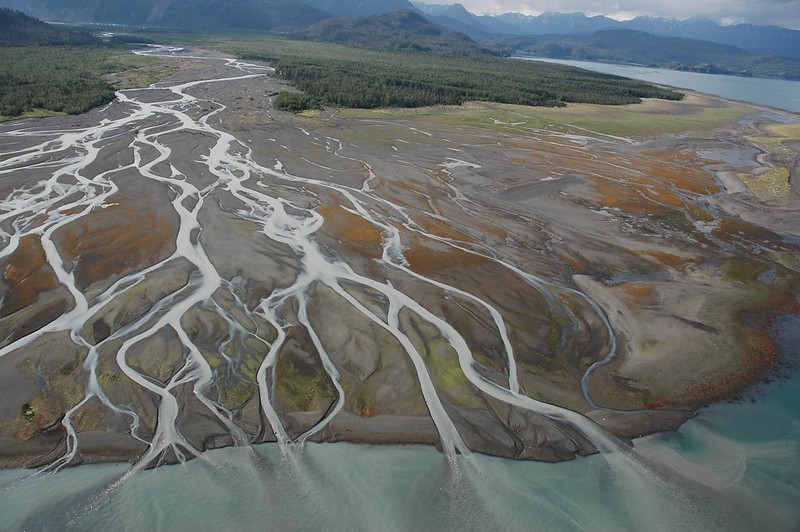How do shifts in the Intertropical Convergence Zone (ITCZ) impact global weather patterns and regional climates?
The ocean's salinity, or the amount of dissolved salts in its water, isn't uniform and is constantly being influenced by various factors. Some of the natural and human-caused factors that affect the ocean's salinity budget are: Natural Factors: Precipitation and River Runoff: Freshwater from rain anRead more
The ocean’s salinity, or the amount of dissolved salts in its water, isn’t uniform and is constantly being influenced by various factors. Some of the natural and human-caused factors that affect the ocean’s salinity budget are:
Natural Factors:
- Precipitation and River Runoff: Freshwater from rain and rivers are continually diluting the salinity, especially near river mouths and in areas with high rainfall.
- Sea Ice Formation and Melting: As sea ice forms, saltier water is left behind, increasing salinity. Conversely, melting ice is adding freshwater and lowering salinity. This is especially important in polar regions.
- Evaporation: Evaporation is concentrating salts in the remaining water, making salinity higher in areas with high evaporation rates.
- Wind: Wind is moving surface water around, influencing salinity distribution. Strong winds can also cause upwelling, bringing saltier deep ocean water to the surface.
- Ocean Currents: Global ocean circulation patterns are playing a major role in distributing salt throughout the oceans.

Anthropogenic Factors:
- Climate Change: Rising global temperatures can increase evaporation rates in some areas, concentrating salts. Additionally, melting glaciers and ice sheets are adding freshwater, potentially affecting salinity in certain regions.
- Dam Construction and Water Diversion: Dams on rivers can reduce the amount of freshwater reaching the ocean, impacting salinity levels near river mouths. Water diversion for irrigation can also be contributing to this effect.
- Pollution: While not a direct impact, some pollutants can be altering ocean chemistry and indirectly affecting salinity.





Shifts in the Intertropical Convergence Zone (ITCZ) have significant effects on global weather patterns and regional climates. The ITCZ is a belt of low pressure near the equator where trade winds from the Northern and Southern Hemispheres converge, leading to heavy rainfall and thunderstorms. WhenRead more
Shifts in the Intertropical Convergence Zone (ITCZ) have significant effects on global weather patterns and regional climates. The ITCZ is a belt of low pressure near the equator where trade winds from the Northern and Southern Hemispheres converge, leading to heavy rainfall and thunderstorms.
When the ITCZ shifts north or south, it affects the distribution of rainfall. For instance, during the Northern Hemisphere summer, the ITCZ moves northward, bringing monsoon rains to regions like India and West Africa. Conversely, in the Southern Hemisphere summer, it shifts southward, affecting weather patterns in places like Brazil and Australia.
These shifts influence global weather by altering wind patterns, ocean currents, and the distribution of heat. They can lead to droughts in areas where the ITCZ moves away and excessive rainfall or flooding in regions where it moves towards. Overall, the position and movement of the ITCZ play a crucial role in shaping the climate of tropical and subtropical regions around the world.
See less